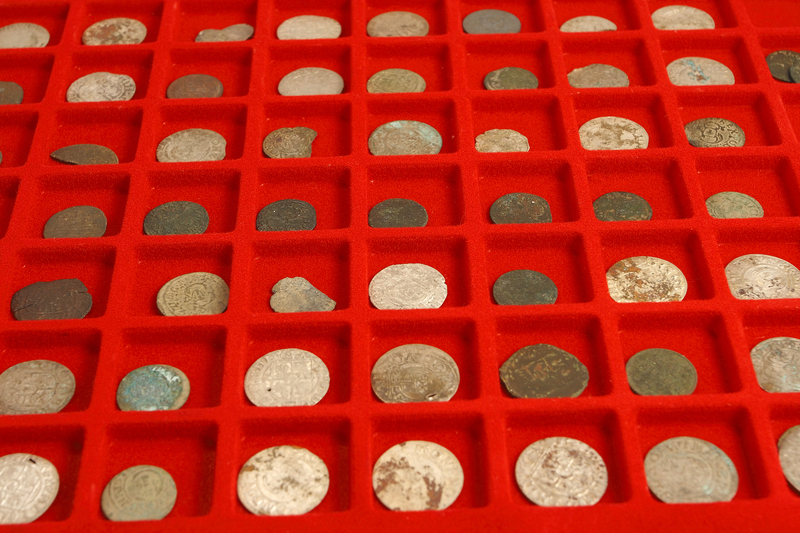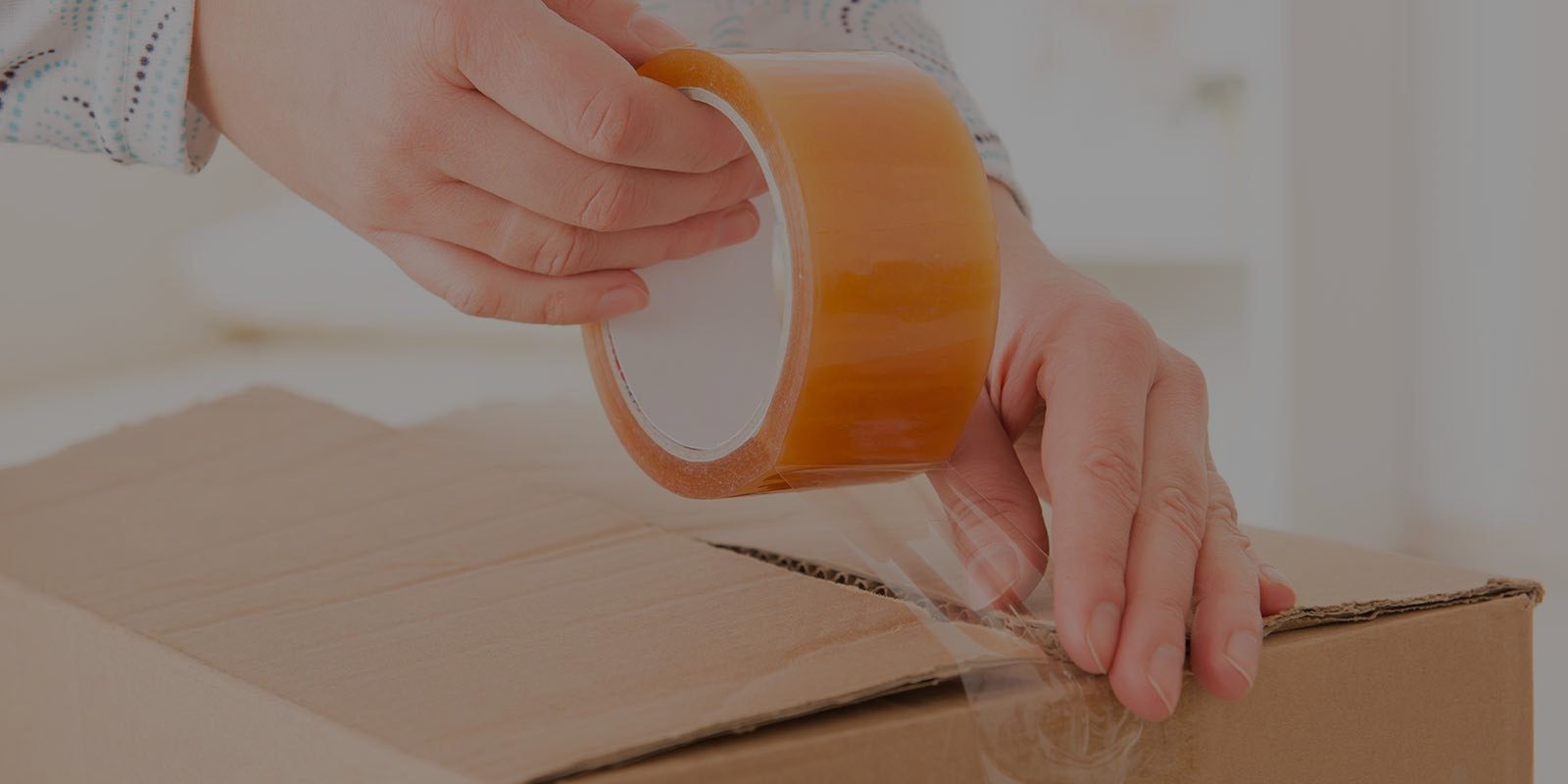A Comprehensive Look at Moving Your Bed and Mattress
Posted on 02/06/2025
A Comprehensive Look at Moving Your Bed and Mattress
Moving home always brings a unique blend of excitement and stress, especially when it comes to transporting bulky or delicate items like your bed and mattress. These pieces are not only valuable but central to your daily comfort and well-being. In this comprehensive guide to moving your bed and mattress, we break down everything you need to know--from preparation and packing, to safe transportation and reassembly. If you're looking for expert tips on mattress relocation or just want to streamline your move, you've come to the right place.
Why Properly Moving Your Bed and Mattress Matters
Your bed and mattress represent a significant investment in quality sleep and daily health. Ensuring that these items arrive at your new home without damage or dirt is essential. Careless handling can result not only in structural damage but can also void warranties or introduce allergens and pests.
- Mattress protection: Prevent costly stains, tears, or bending.
- Bed frame integrity: Avoid stripped screws or misalignment from improper dismantling and reassembly.
- Hygiene and safety: Maintain a clean sleeping environment--critical for quality rest.
Whether you're moving locally or preparing for a long-distance relocation, handling your sleeping essentials properly ensures you'll enjoy your new bedroom from day one.

Pre-Move Preparation: The Key to a Stress-Free Move
Preparation is vital for an efficient move--especially for sizeable items like beds and mattresses. Planning how to move your bed and mattress in advance minimizes stress and risk.
1. Gather Necessary Supplies
- Mattress bags or plastic covers (choose high-quality, sturdy options)
- Moving blankets and straps
- Toolkit for disassembly (screwdrivers, wrenches, Allen keys, etc.)
- Furniture sliders
- Labeling tags or markers
- Bedsheet and bedding bags or vacuum-sealed storage
2. Measure Everything
Before you start, measure your mattress and bed frame, and compare those dimensions to your home's doorways, hallways, and stairwells. This step prevents last-minute headaches trying to fit your bed through tight spaces. If possible, measure access points in your new place as well.
3. Clear a Path
Remove obstacles such as furniture, rugs, and clutter from the route you will use to move your bed and mattress. This reduces tripping hazards and ensures a smoother process come moving day.
Step-by-Step Guide to Moving Your Mattress
Your mattress is likely the largest single item you'll move--protecting it is a top priority for both hygiene and longevity.
Step 1: Remove Bedding and Accessories
Strip your mattress completely and launder all bedding before packing separately. This ensures everything is fresh in your new home.
Step 2: Clean and Dry Your Mattress
If time allows, vacuum and air out your mattress ahead of moving day. Make sure it's completely dry to prevent mold growth during transit.
Step 3: Use a Mattress Bag
Always protect your mattress with a dedicated mattress bag or durable plastic cover. Tape it securely closed. This keeps out dirt, dust, moisture, and pests during the move.
Step 4: Team Lift with Care
Mattresses are awkward and can easily flop or bend, risking internal springs or foam structure. It's best to have at least two people carry a mattress. Lift with your legs, not your back, and avoid folding or sharply bending it--especially with innerspring or hybrid mattresses.
Step 5: Secure During Transport
Lay the mattress flat in the moving van if space allows; this maintains its structural integrity. If you must stand it up, ensure it's tightly strapped to avoid tipping or warping during transit.
How to Move Your Bed Frame
While mattresses require soft handling, the bed frame move is a matter of careful organization and labeling.
Step 1: Disassemble the Bed Frame
If possible, disassemble the bed frame into manageable pieces. Use your toolkit to remove bolts, nuts, or screws. Keep all hardware in labeled, sealable bags and tape the bag securely to the bed frame or keep in a parts box.
Step 2: Protect Components
Wrap wooden, metal, or upholstered parts in moving blankets or bubble wrap to prevent scratches, dents, or rips. Don't forget to secure slats and support beams.
Step 3: Label Everything
As you take apart your bed frame for moving, use masking tape or tags to label which pieces go where during reassembly. Take photos at each disassembly step--these make reassembling much easier!
Special Notes on Different Types of Beds and Mattresses
Not all beds are created equal. The process of moving a bed and mattress can vary depending on the type.
Memory Foam and Latex Mattresses
- Heavier and floppier than traditional spring or hybrid mattresses, requiring extra manpower or a mattress box.
- Never fold these mattresses, as it can permanently damage their structure.
Adjustable or Electric Beds
- Disconnect all electrical components and secure cords safely.
- Check your manufacturer's manual for special instructions regarding motors or remote controls.
Bunk Beds or Loft Beds
- Take extra care in labeling all hardware and slats.
- Disassemble entirely for easier and safer moving.
Pitfalls to Avoid When Relocating Your Bed and Mattress
- Skipping the mattress bag: Unprotected mattresses are prone to stains and infestations.
- Dragging instead of lifting: Can damage both the mattress and your floors.
- Losing track of hardware: Reassembling the bed becomes a puzzle without the right screws or connectors.
- Overconfidence: Beds and mattresses are heavier and trickier than they appear--ask for help!
DIY vs. Hiring Professional Movers
Is it best to move your bed and mattress yourself, or should you consider professionals?
DIY Bed and Mattress Move: Pros and Cons
- Pros:
- Save money on moving costs
- Control over timing and process
- Personal attention to your items
- Cons:
- Risk of injury or damage
- Requires extra manpower and planning
- Logistics (getting a large vehicle, equipment, etc.)
Benefits of Professional Movers
- Access to expertise and proper equipment
- Insured for any accidental damage
- Efficient and time-saving
If your bed or mattress relocation involves stairs, tight spaces, or expensive brands, professional movers may be more cost-effective in the long run.
Post-Move: Setting Up Your Bed and Mattress
The final stage in moving your bed and mattress is the reassembly and settling in process.
Reassembly Tips
- Refer to your labeled parts and photos.
- Assemble the bed frame first--ensure all joints are secure but avoid overtightening.
- Lay the mattress flat and allow it to air out, especially if in a bag for long periods.
- Test hardware and supports for stability before adding bedding.
Cleaning and Final Placement
- Wipe down all bed frame parts before assembly.
- Double-check for any loose screws or missing hardware--safety first!
- If your mattress has been in storage or transit for a while, consider using a fabric-safe sanitizing spray before making the bed.
Frequently Asked Questions About Moving Beds and Mattresses
Can I Fold My Mattress for a Move?
In general, do not fold your mattress, unless it's specifically designed to do so, as this can damage the internal structure--especially for memory foam, latex, and innerspring models.
How Do I Clean My Mattress Before or After Moving?
Vacuum thoroughly, spot clean with a mild detergent, and let the mattress air out fully. Always ensure it's dry before sealing in a bag or using in your new home.
What Size Moving Vehicle Do I Need?
A queen or king-size mattress typically requires at least a pickup truck or cargo van. Measure your vehicle and mattress before the moving day to ensure compatibility.

Best Practices to Keep in Mind
- Always protect your mattress in transit--use a bag or heavy-duty plastic wrap.
- Label all hardware and bed parts for easy reassembly.
- Don't rush: Lifting and moving beds can be risky. Take your time and ask for help.
- Check manufacturer's guidelines for any special moving instructions.
Conclusion: Make Moving Your Bed and Mattress a Breeze
Whether you're moving across the street or to a new city, moving your bed and mattress doesn't have to be daunting. With careful preparation, proper supplies, and attention to detail, you can ensure your sleep sanctuary arrives safe and sound in your new home. Remember--a good night's sleep is invaluable, and with these tips, relocating your bed and mattress will be one less worry on your moving checklist!
If you're planning a move soon, bookmark this guide on how to move your bed and mattress to avoid common pitfalls and enjoy a smoother transition. Sweet dreams in your new space!







